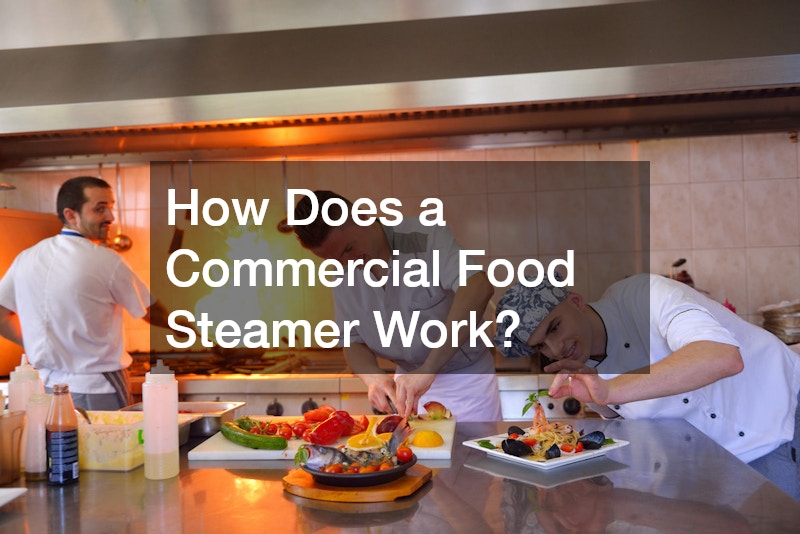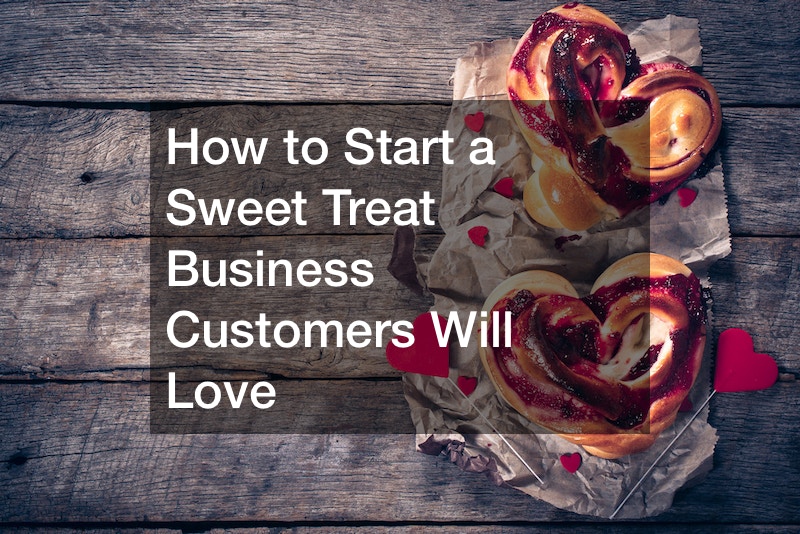
A commercial food steamer is an essential piece of equipment in many kitchens, especially in quick-service restaurants, hotels, and catering services. Steaming is a popular cooking method that preserves the nutrients, texture, and flavor of food without using oil or fat. But how exactly does a commercial food steamer work? Here’s a breakdown of the process and the types of steamers available.
The Basics of Steam Cooking
Commercial food steamers operate by using steam to cook food at high temperatures.
Water is heated until it boils and turns into steam. The steam is then directed into a cooking chamber where it surrounds the food, cooking it quickly and evenly. Unlike traditional cooking methods, steam provides a moist cooking environment, which helps retain the food’s natural moisture and nutrients.
Steaming is particularly useful for cooking vegetables, seafood, and delicate proteins, as it prevents overcooking and preserves the food’s texture and flavor. Additionally, steam cooking doesn’t require oils or fats, making it a healthier option.
Types of Commercial Steamers
There are a few types of commercial steamers, each with a slightly different method of operation:
Boiler-Based Steamers
These steamers generate steam from an external boiler, which is then piped into the steamer’s cooking chamber. They’re ideal for high-volume kitchens since they can produce a large amount of steam quickly. However, they require more maintenance to keep the boiler in proper working condition.
Boilerless Steamers
Boilerless steamers generate steam directly inside the cooking chamber by heating water at the bottom of the unit. This design is more energy-efficient and easier to maintain compared to boiler-based models. Many restaurants prefer boilerless steamers for their simplicity and reduced maintenance costs.
Pressure Steamers
Pressure steamers cook food using high-pressure steam. This increases the cooking temperature, allowing food to cook faster. These steamers are ideal for kitchens that need to produce large quantities of food quickly, but they may be overkill for smaller operations.
The Steaming Process
In a commercial steamer, food is placed on perforated trays or pans inside the cooking chamber. Once the steamer is turned on, the heating element begins to boil water, creating steam that is circulated throughout the chamber. The hot steam transfers heat to the food, cooking it evenly and quickly. Most commercial steamers allow for precise temperature and time controls, ensuring consistent results.
.




